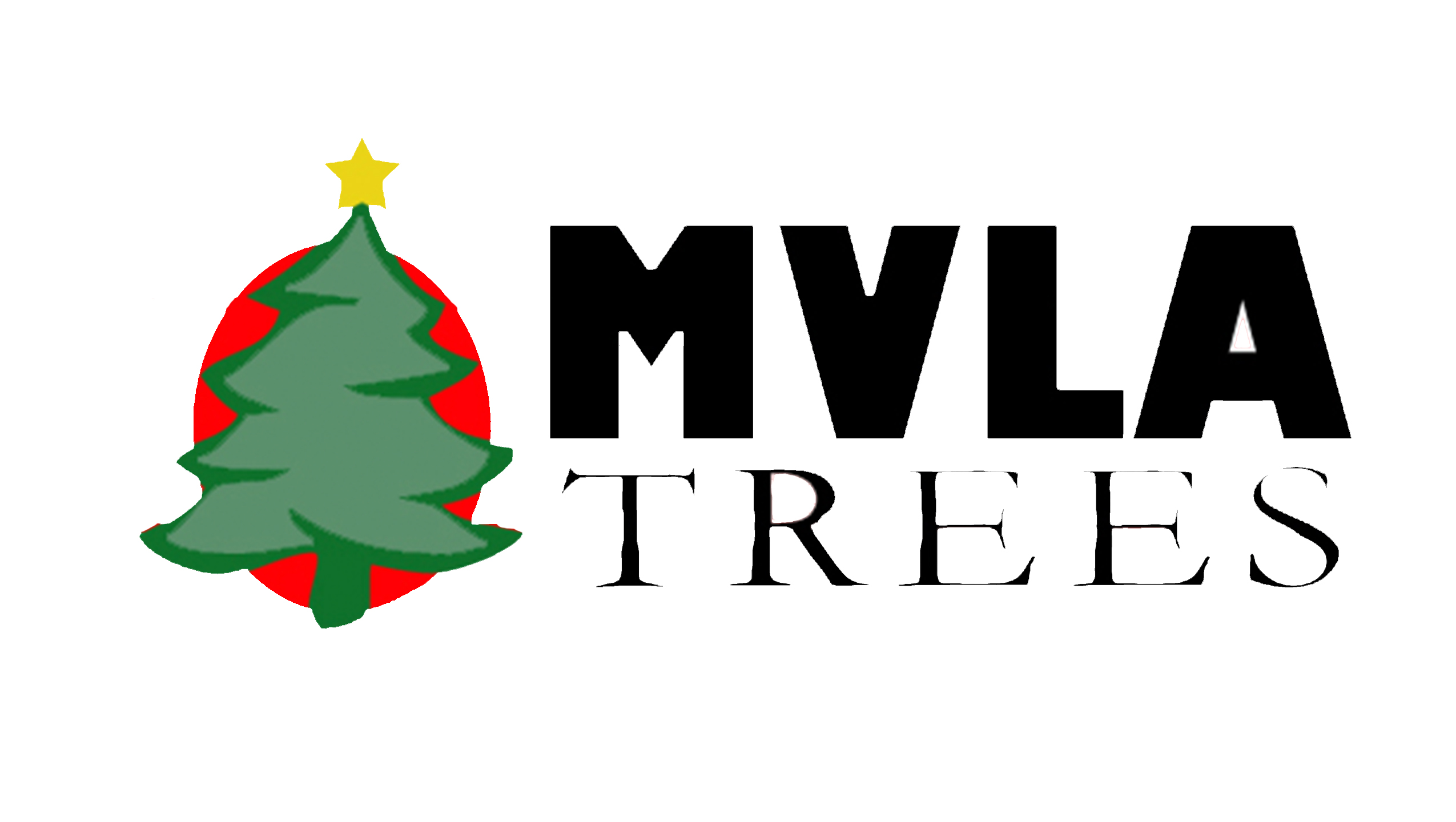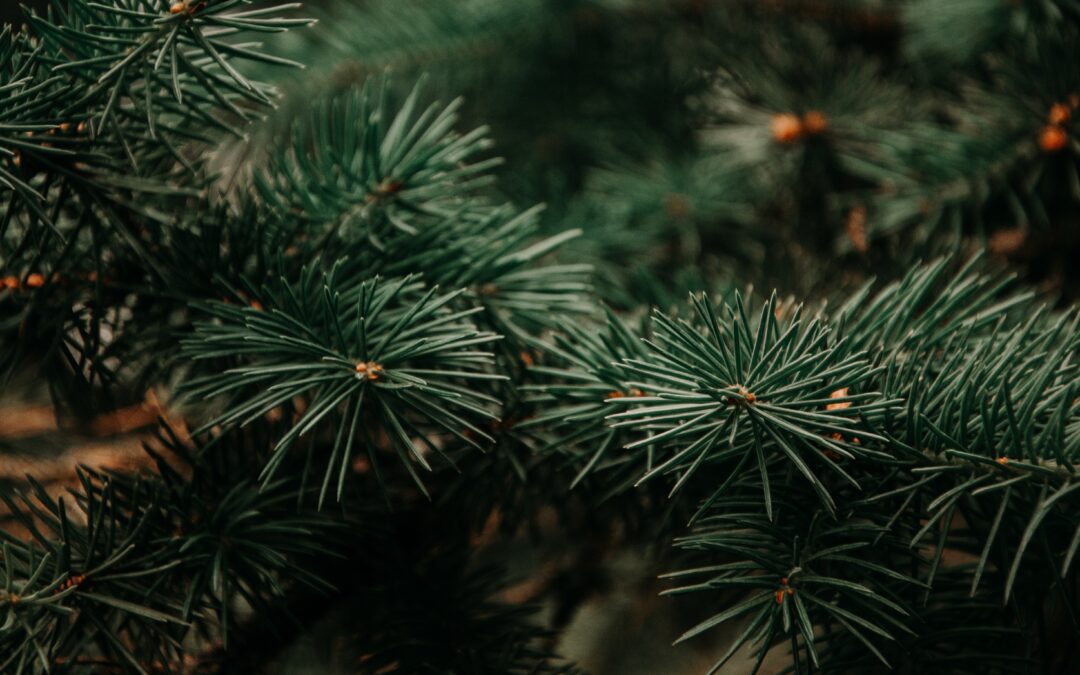(Q) Is it okay to buy a tree that is losing its needles?
(A) Some dropping of older, interior needles is natural and normal. However, if the overall color is faded, the bark of the outer twigs is wrinkled and the green, exterior needles easily fall off at a gentle touch or when the tree is bounced on a hard surface, it is excessively dry. Select a different one.
(Q) Is a fresh cut really necessary before putting a tree in a water stand?
(A) Always make a fresh cut if possible. After time, generally 3 to 6 hours, the cut stump gets air in the plant tissue, which lessens a tree’s water absorption capacity. A fresh cut will reopen the pores that take up water.
(Q) How much should be cut off?
(A) Only one half inch is necessary, not one or two inches as is sometimes instructed.
(Q) Will tapering the base or cutting it at an angle increase the area that takes up water?
(A) No. This reduces the surface area of plant tissue that absorbs water molecules. Once the water level falls below the exposed surface on a tapered trunk, drying will begin. An angle or “V” cut will require more water depth to cover the cut surface. It also makes the tree more difficult to hold upright in a stand and less stable.
(Q) How large should my water stand be?
(A) Choosing a large capacity stand is one of the most important steps to maintaining tree freshness. Avoid small “coffee cup” stands. Check the water level frequently since trees can drink large amounts of water each day, particularly pre-cut trees during the first week of display. Generally, a tree can use up to one quart of water per day for each inch of stem diameter. Therefore, a stand that will hold a four-inch trunk should hold at least one gallon of water with the tree in the stand.
(Q) What kind of tree stand should I use and how big should it be?
(A) There are several different types and styles of tree stands to choose from. The most important characteristic is water capacity. You should also make sure the stand “fits” the tree — if it is too big or too small it might cause the tree to tip over. Do NOT trim the sides of the trunk to fit it in a stand. Ask the retailer if you need advice.
(Q) What if my tree doesn’t seem to be absorbing water in the stand?
(A) If you”ve followed all the care tips (keep it out of sun and wind, as well as making a fresh cut off the base before setting it up indoors) there are a couple of things to consider. First, if you cut your own tree at a choose and cut farm, it will not absorb water right away since it has not had time to begin drying out. Second, the best indicator of dryness is the tree itself, not the water level in the stand. The rate of water absorption will fluctuate from day to day. This is normal.
(Q) What if I forgot to make a fresh cut off the base of the tree before setting it up?
(A) If a fresh cut was not made the tree will still take up water, but at a reduced rate. Hot tap water in the tree stand increases water uptake in some trees. If still concerned, do the freshness test every few days and continue to add water to the stand.
(Q) Do Real Trees present the type of fire hazard we are often told about?
(A) Less than 0.0004% of Real Christmas Trees used each year are ignited in home fires and NEVER has a Real Christmas Tree caused or started a fire. Even though the chance of a Christmas Tree fire is very slim, you can ensure that your Real Christmas Tree stays fresh and safe by following the NCTA recommended care tips. Anyone who has ever tried to start a camp fire with green wood understands how flame resistant a properly watered tree is.
Don’t believe us? Watch this clip shown on the NBC Tonight Show with Jay Leno in December, 2004:
High Speed Connection
Dial Up Connection
(Q) Should I be concerned about bugs being in a tree?
(A) Although extremely rare, a number of different insects and spiders have been found in Christmas trees after setup. Cleaning and shaking trees before setup are valuable preventive actions. If troublesome after setup, the first thing to do is to vacuum. If necessary, household insect sprays specifically labeled for use indoors on ornamental plants and evergreens may also be used, following label directions. Common sense dictates that tree lighting be turned off before any sprays are applied to Christmas trees.
(Q) I can’t seem to find the tree that I want. It is often referred to as a Charlie Brown Tree because of its sparse look with short needles. I love these trees and don’t know what they are or who might have one for sale.
(A) The sparse look is dependent somewhat upon the genetics of the tree, but mostly through the shearing practices of the grower. The more open, less dense look is starting to become more popular among consumers, so the Christmas Tree farmers will be working to meet that demand; however, the average tree takes 7 to 10 years to get to 6 or 7 feet high and the majority of consumers still want a full, thick tree. Check with farms in your area and ask them if they have a “less sheared” tree or one that “would be graded a cull”. The grower will understand what you are looking for.
(Q) Isn’t it bad for the environment to cut down a tree and use it for Christmas?
(A) You have 2 choices: First, you can use a renewable, recyclable natural product grown on farms throughout North America; or, you can use a non-renewable, non-biodegradable, plastic and metal product made in a Chinese factory. You pick. It is much better environmentally to use a natural agricultural crop and recycle it after the Holidays.
(Q) I thought I’d buy a living tree with its roots intact and plant it after Christmas so I don’t have to kill a tree. How do I do that?
(A) First of all, you’re not “killing” a tree by using a Real Christmas Tree. Unfortunately many people have the misconception that Christmas Trees are cut down from the forest. Real Christmas Trees are actually grown as crops, just like corn or wheat, and raised on a farm. Once they are harvested, new seedlings are planted to replace harvested trees. These would NOT have been planted if trees hadn’t been harvested the previous year.
If you need landscape trees anyway, then a rooted tree may be a good option.
(Q) Where can I recycle my tree after Christmas?
(A) Successful tree recycling programs are coordinated on a local basis. In most communities, the news outlets (TV stations and newspapers and radio) will provide the info on drop off locations and dates or any curbside pick up programs.
Visit The Lot
Hours
Opening the day after Thanksgiving!
Weekdays: 3:30pm – 8:00pm
Weekends: 9:00am – 5:30pm
Location
749 West El Camino Real
Mountain View, CA 94040
Corner of Castro & El Camino
Chase Bank Parking Lot (next to Clarke’s)

